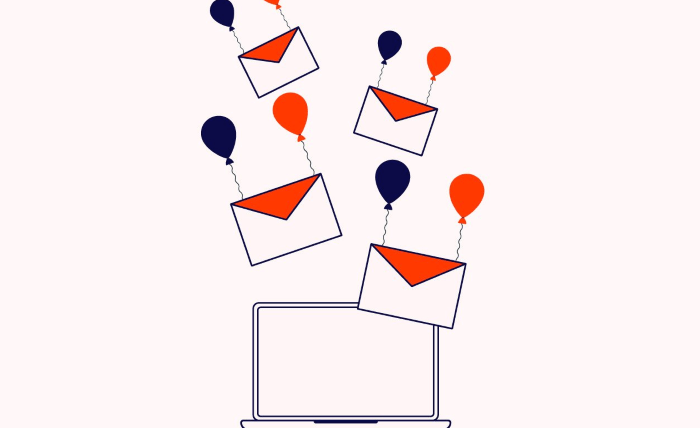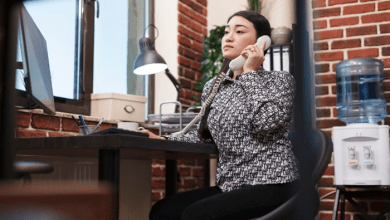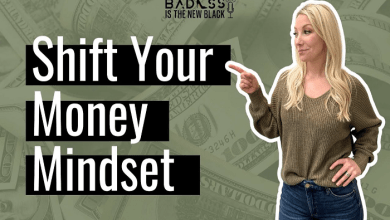
- Welcome series
Your welcome sequence is the handshake that sets expectations. Lead with who you are, what you stand for, and why your products are different. Reassure new subscribers about shipping, returns, and support, then introduce a short origin story or your most-loved products. Keep incentives measured—people buy when risk feels low and value is obvious. Judge success by first-purchase rate and revenue per recipient, not just opens.
- Abandoned cart recovery
Cart reminders reduce friction at a high-intent moment. Show the exact item left behind and recap a single benefit in plain language. If you plan to use an offer, hold it for a later send so you don’t train discount expectations. Specificity moves the needle: confirm color or size, surface delivery timing, and make checkout effortless on mobile. Treat this as concierge service in the inbox—a nudge, not a nag.
- Browse abandonment nurture
When someone browses without adding to cart, they’re still early. Add context rather than pressure. Apparel shoppers need fit and returns clarity; skincare browsers want ingredient guidance; home goods buyers respond to scale, materials, and care. Point to a quick review highlight or a two-line “how it works.” The job here is to close the knowledge gap that blocked progress, not to force a decision.
- Post-purchase experience
Order and shipping confirmations are prime real estate for confidence and care. Outline what happens next, how to get help, and how to use the product well. After delivery, check in for satisfaction and recommend complementary items that make ownership better, not louder. This is also the place to introduce loyalty benefits or community perks once the buyer has had a good first experience.
- Replenishment reminders
Consumables and regularly used goods benefit from timely nudges based on realistic usage windows. Remind customers before they run out and offer one-click reorders or an easy path into subscriptions. Keep the copy practical—an estimate like “about two weeks left based on your last order” feels helpful, not salesy. Even non-consumables qualify with seasonal refresh prompts for filters, razor heads, or pet supplies.
- Win-back reactivation
Some buyers drift despite a solid product. Reach out after a sensible period of inactivity with a tone that says “we’d love to see you back” rather than “last chance.” Lead with what’s changed since they last purchased—new colors, improved formulas, expanded sizes, faster shipping. Use incentives selectively and segment by discount sensitivity so you protect margin while still re-engaging lapsed fans.
- VIP recognition
Reward high-value customers when they cross a spend or order threshold. Welcome them into something that feels earned—early access, faster support, surprise samples, or small gifts that create delight. Keep the creative elevated and the message simple because exclusivity is a message on its own. Encourage advocacy without demanding it by making it easy to refer friends or share feedback.
- Price-drop and back-in-stock alerts
Price and availability are newsworthy when a shopper has already shown intent. Notify wish-listers and recent viewers when items return or prices move. Call out size and color availability and use genuine constraints when they exist. Real urgency—limited quantities, popular sizes—builds credibility over time, while fake urgency erodes trust quickly.
- Reviews and UGC requests
Ask for a rating, review, or photo after customers have had time to use the product. Make the submission flow painless on mobile and show how their contribution helps other shoppers choose confidently. High-quality reviews fuel the rest of your program: welcome flows gain social proof, browse nurture gains reassurance, and cart recovery gains credibility.
Orchestration matters as much as creativity. Set priorities so transactional messages send first, then cart, then browse, and use quiet hours to prevent fatigue. Suppress overlapping messages when someone has just purchased, and cap frequency at a level that preserves long-term engagement. Personalization does not need to be complex; simple signals—category affinity, average order value, and sensitivity to offers—deliver most of the lift without adding fragility.
If building and tuning these flows feels heavy, partnering with an experienced Email Marketing Agency can accelerate everything. A strong agency maps your lifecycle, fixes data and product feeds, designs mobile-first templates, writes brand-true copy, and runs disciplined tests on timing, cadence, and incentives. That discipline compounds: your flows become smarter each month without consuming your in-house team.
Start with welcome, cart, and post-purchase to stabilize your foundation, then layer in browse, replenishment, win-back, VIP, alerts, and reviews. Done well, these nine flows turn quiet inbox moments into a durable growth engine.




